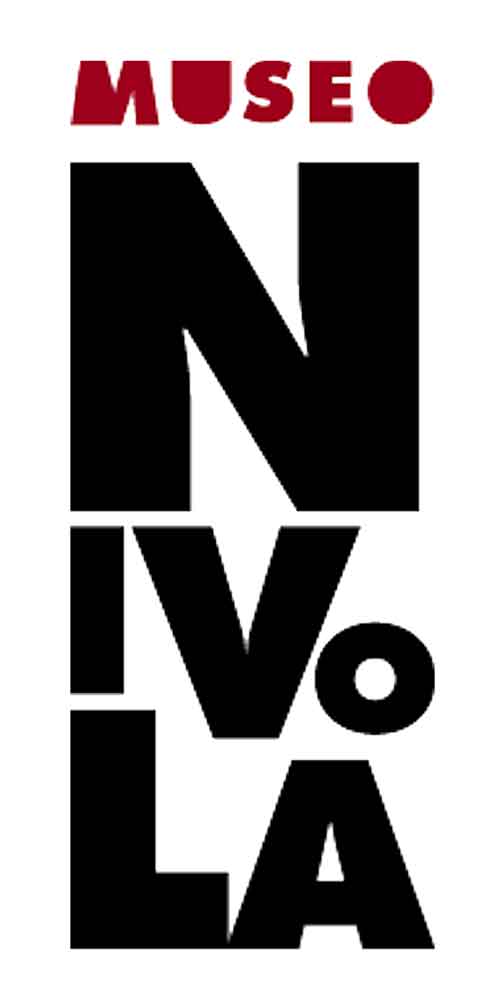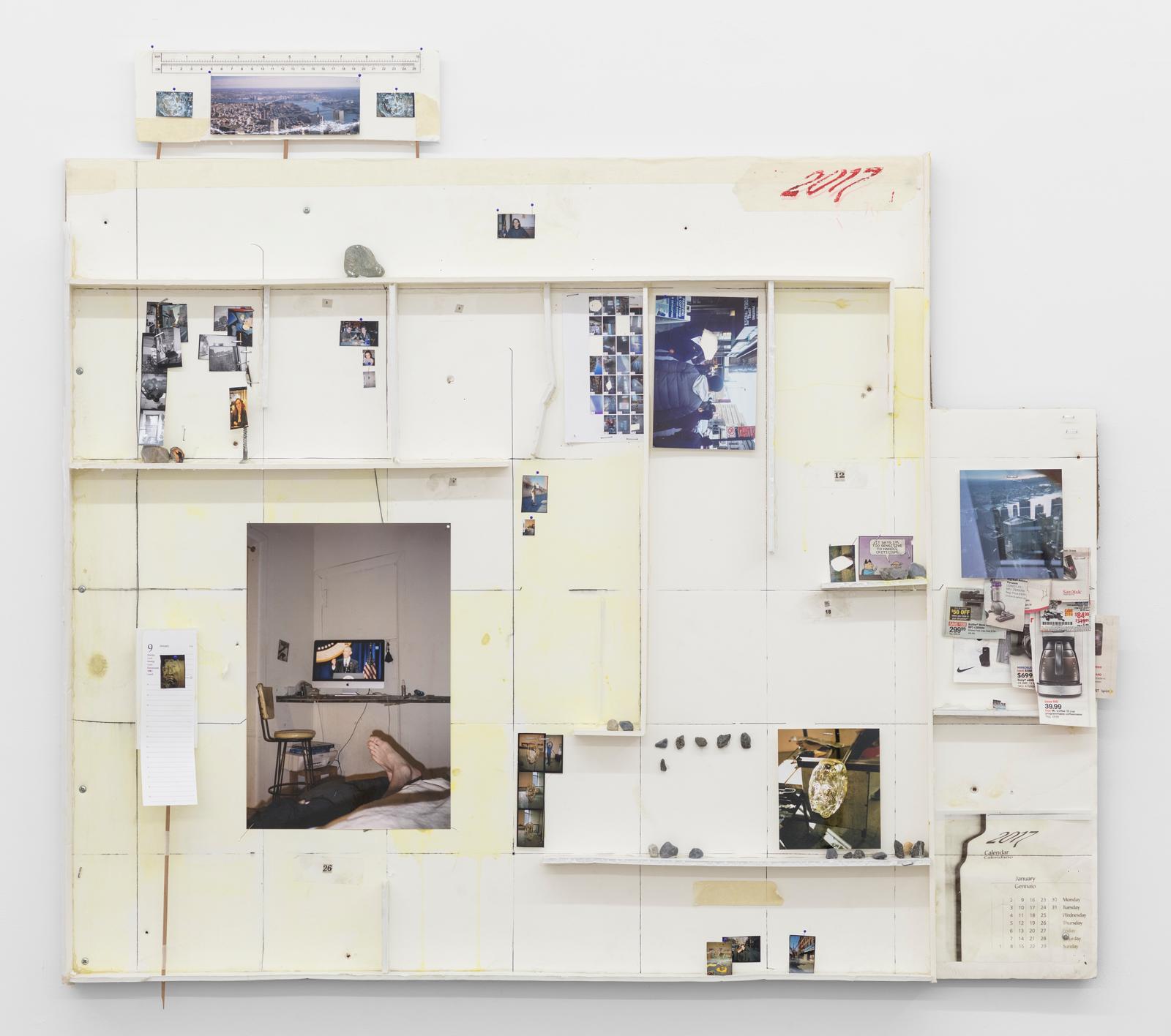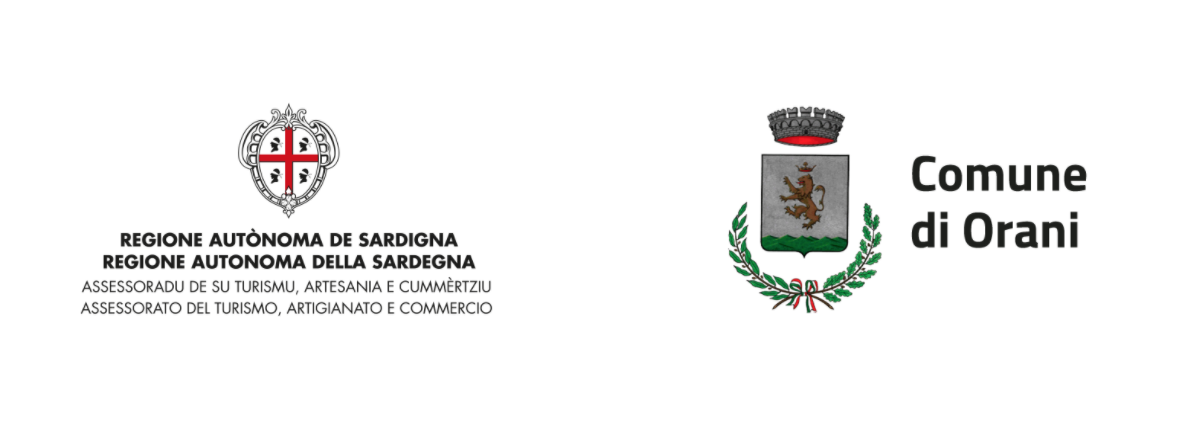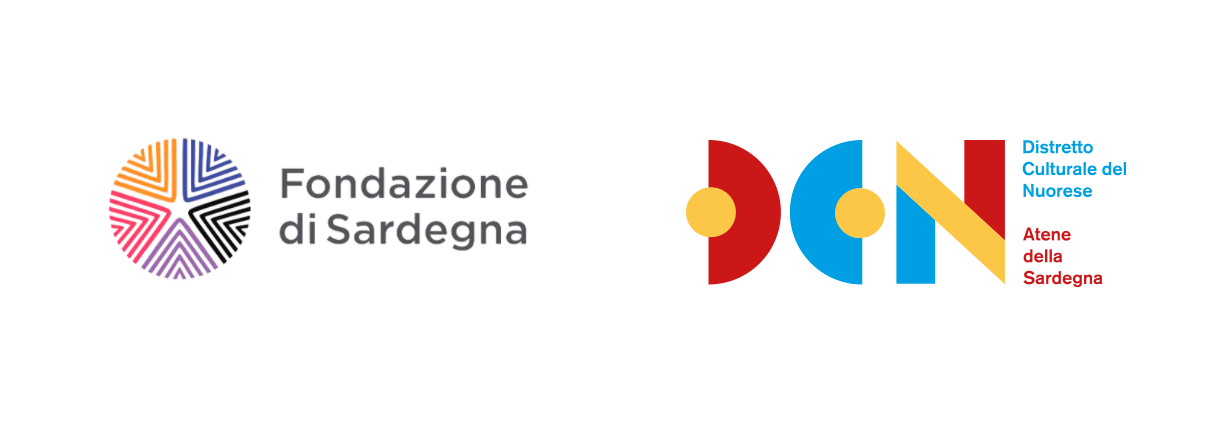Pratza ’e Domo. A Semiotic House That Was Never Built
Nairy Baghramian, Phyllida Barlow, Nicolas Hsiung, Janette Laverrière, Rosemary Mayer,Win McCarthy, Julie Mehretu, Oscar Murillo, Paulina Olowska, Monika Sosnowska, Mariantonia Urru
Concept Nairy Baghramian
Curated by Giuliana Altea, Antonella Camarda, Luca Cheri
Museo Nivola, June 29 – November 3, 2024 Opening June 29 – 6 pm
The project is created by Nairy Baghramian for the museum following the awarding of the 2023 Nivola Prize for sculpture.
The exhibition features works by the artists and designers Nairy Baghramian, Phyllida Barlow, Nicolas Hsiung, Janette Laverrière, Rosemary Mayer, Win McCarthy, Julie Mehretu, Oscar Murillo, Paulina Olowska, Monika Sosnowska, Mariantonia Urru.
Baghramian’s title “Pratza ’e Domo” (literally “home square”) takes up the expression that in Sardinia designates the space in front of a house, often equipped with a bench or chair on which it is possible to rest: a transition area not clearly delimited, at the same time private and public, individual and collective. This space, both physical and conceptual, is linked to the idea of “A Semiotic House That Was Never Built”, a project created by Baghramian in 2008 at the NAK – Neuer Aachener Kunstverein together with Janette Laverrière and Henrik Olesen (Affairs. A Semiotic House That Was Never Built).
The artist conceives the house as a utopian space that has never been built and may not be, but the mere fact of imagining it evokes the possibility of its existence, making it credible. It is a provisional environment to develop or set aside ideas and projects in continuous elaboration and re-assembly of fragments. Each fragment is an independent creation and, at the same time, contributes “with a backward movement” – as Baghramian says – to the definition of a context.
The project for the Nivola Museum combines a series of aspects that have always been present in Nairy Baghramian’s practice. One of these is the interest in the boundaries between public and private space, external and internal, which she explored as potentially permeable and, therefore, full of tension. If, in the artist’s previous works, the tension is generally delineated between the institutional space of the museum or gallery and the social space, in this case, the institutional space is ideally identified with the domestic one, also thanks to the form of the exhibition environment, a former washhouse with a gable roof, which resembles a house. From the house, the museum space takes on the characteristics of welcome and protection, and it becomes an enclosure in which different artistic discourses can coexist and resonate together. The merging of public and private spaces characterises both Baghramian’s new sculpture, To Let, mounted on the facade of the building and engaging in dialogue with those by Phyllida Barlow, and the depiction of the work January ’17 calendar (Der Fuß des Künstlers, 2017) by artist Win McCarthy – which appears as an ephemeral gesture on the exhibition poster – where local and temporal axes converge in a hybrid between a floor plan and a calendar.
Another border area that attracts Baghramian’s attention is that between art and design, between the aesthetic and the ornamental dimension, investigated in the exhibition through deliberately hybrid works such as the chair-sculpture Chaise L’Afghane (1987) by Janette Laverrière, the stools by Nicolas Hsiung, the painted fatigue dress Arepas y Tamales (2022) by Oscar Murillo or, by Baghramian herself, the monumental carpet woven in Samugheo by Mariantonia Urru (whose minimalist design alludes to the idea, dear to the artist, of negative space, recalled by the visit to the Prehistoric sacred well of Santa Cristina in Sardinia) and the handle-sculpture applied to a door in the museum courtyard.
The unfinished, the left behind and the unrealized are also recurring themes in the work of Nairy Baghramian, whose sculptures, often apparently fragile or seemingly incomplete, hint at a discomfort, a difficulty of adaptation that forces them to stand on crutches or lean on architecture, as in the Scratching the Back series created for the Facade Commission of the Metropolitan Museum of New York in 2023. Precarity, incompleteness, and ephemerality return in the house under construction on a tree painted by Paulina Olowska (Tree House, 2016), in the aerial structures of cellophane, ribbons, wood, and other materials by Rosemary Mayer (Midwinter Ghost, 1980-81 / 2024), in the raw and provisional-looking works by Phyllida Barlow (Untitled, 2010), in Monika Sosnowska’s fragments of fences (Gate, 2019) as well as in the swirling rhythms of Julie Mehretu’s abstract compositions.
Baghramian is not new to collaborative ideas and developed early on the practice to shift invitations to solo projects into collective experiences with artists such as Janette Laverrière mentioned above, Jan Timme, the choreographer Maria Hassabi, and more recently Julie Mehretu, with whom she has had a dialogue that has lasted for years, culminating in the collaborative work of the sculptural frames Baghramian conceived for Mehretu’s Transpaintings which also became part of the Mehretu Ensemble exhibition at Palazzo Grassi in 2024. As in the exhibitions Off Broadway at The Wattis Institute in San Francisco (2014) and Open Dress at Museum Abteiberg in Germany (2015), again at the Nivola Museum, collaboration and participation come decidedly to the fore in her work, with projects that bring together a group of artists linked to Baghramian’s by various affinities, reflecting on the utopian and subversive potential of collaborative work, in a field – that of contemporary art – so ideologically linked to personal expressiveness, if not to the idea of the solitary and tormented artist-hero.
Finally, the exhibition concept echoes the exile condition of Costantino Nivola and his wife Ruth Guggenheim, who fled fascist Italy in 1938, to settle in New York, returning occasionally to Europe and Sardinia only after the end of the war.
Photo: Win McCarthy, January ’17 calendar (Der Fuß des Künstlers), 2017 Foam core, c-prints, tape, metal, rock
Nairy Baghramian. Pratza ’e Domo. A Semiotic House That Was Never Built
Nairy Baghramian, Phyllida Barlow, Nicolas Hsiung, Janette Laverrière, Rosemary Mayer, Win McCarthy, Julie Mehretu, Oscar Murillo, Paulina Olowska, Monika Sosnowska, Mariantonia Urru
Concept Nairy Baghramian
Curated by Giuliana Altea, Antonella Camarda, Luca Cheri
Venue Museo Nivola Via Gonare 2 08026 Orani (NU)
Dates June 29 – Novembre 3, 2024
Hours Monday – Sunday, 10.30 AM / 7.30 PM Closed on Wednesday
Tickets 7 €, reduced 5 €
Information Museo Nivola Via Gonare 2, 08026 Orani (Nu) + 39 0784 730063 | info@museonivola.it https://museonivola.it
Press Agent Sara Zolla | +39 346 8457982 | press@sarazolla.com




